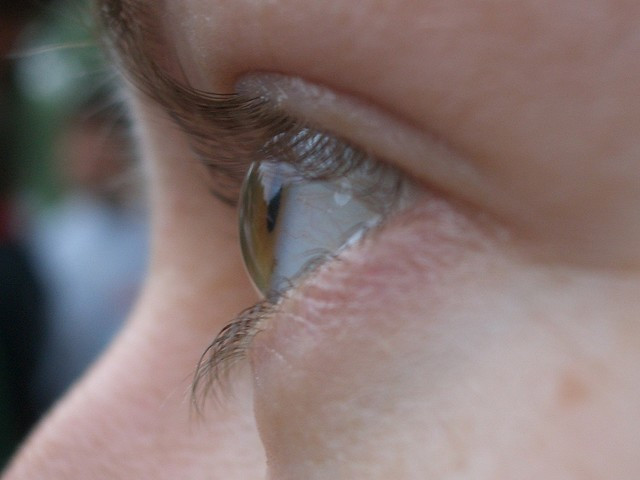New Compound Prevents Retina Damage Caused By Diabetes

A compound that prevents damage to the retina caused by diabetic retinopathy has been developed by scientists.
University of Michigan Kellogg Eye Center scientists have developed a compound that targets two mechanisms: inflammation and the weakening of the blood barrier that protects the retina that is the root cause of the disease.
Diabetic retinopathy is the most common diabetic eye disease. It is caused by changes in the blood vessels in the retina, and can cause blindness in adults.
In some people with diabetic retinopathy, blood vessels may swell and leak fluid. In others, abnormal new blood vessels grow on the surface of the retina. The retina is the light-sensitive tissue at the back of the eye. A healthy retina is necessary for good vision.
Until now, scientists believed that retina damage was caused by the activity of vascular endothelial growth factor (VEGF), a protein that weakens the protective blood-retinal barrier. Drugs created to treat diabetic retinopathy have been desigend to block the protein. But now, researchers have found that inflammation could also contribute to the disease.
"In diabetic retinopathy and a host of other retinal diseases, increases in VEGF and inflammatory factors - some of the same factors that contribute to the response to an infection - cause blood vessels in the eye to leak which, in turn, results in a buildup of fluid in the neural tissue of the retina," said David A Antonetti, a Kellogg Eye Center researcher, in a statement. "This insidious form of modified inflammation can eventually lead to blindness."
Scientists created the new compound while studying kinase C (aPKC), a protein that was common to both mechanisms as an important target in regulating the disease process. They claim that the new compound blocks the kinase C (aPKC) protein, which in turn blocks the VEGF protein and reduces inflammation.
"This is a great leap forward. We've identified an important target in regulating blood vessel leakage in the eye and we have a therapy that works in animal models. Our research is in the early stages of development. We still have a long way to go to demonstrate effectiveness of this compound in humans to create a new therapy but the results are very promising," Antonetti said.
© Copyright IBTimes 2025. All rights reserved.





















